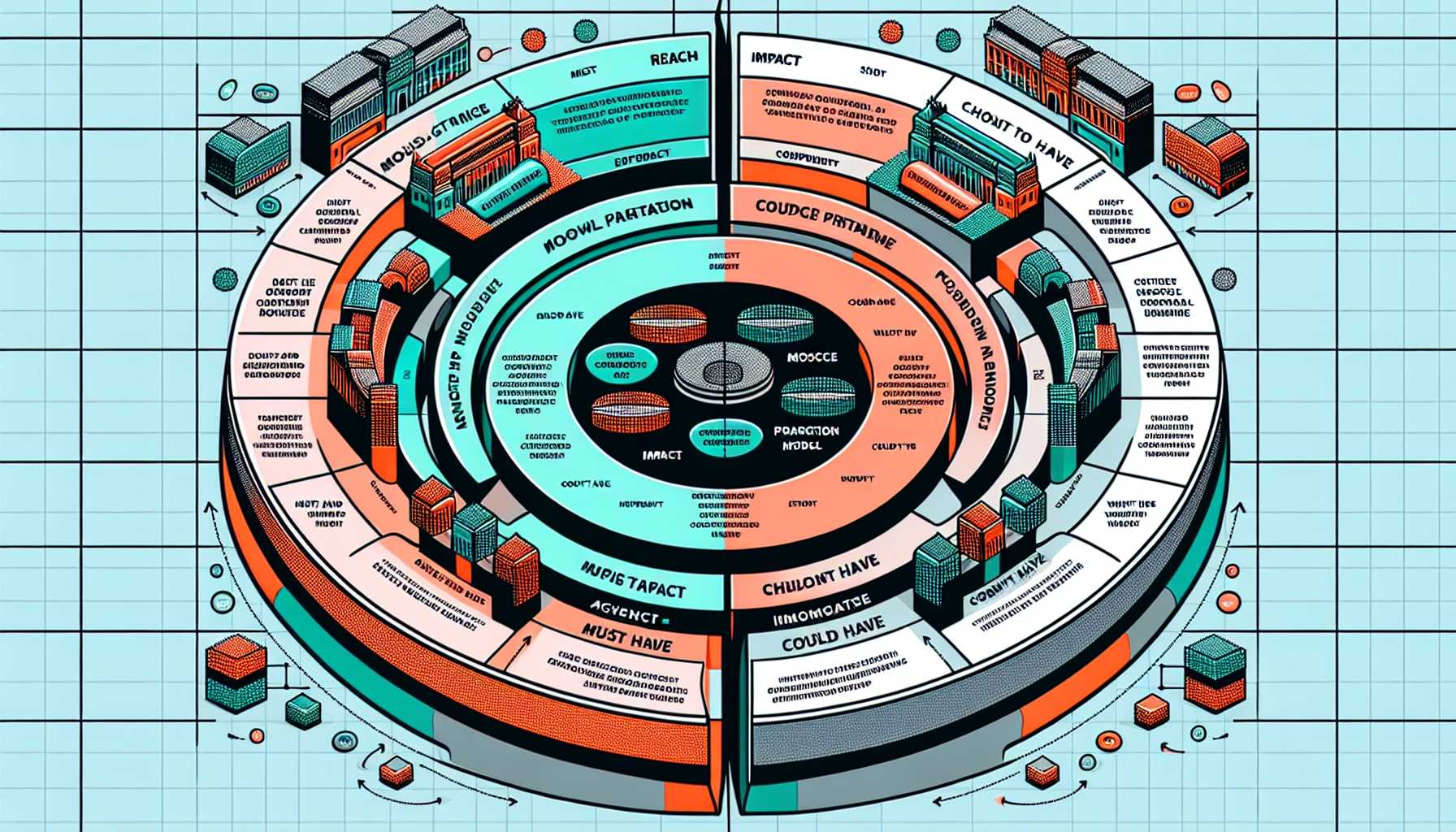RICE vs. MoSCoW: A Comprehensive Guide to Prioritization Frameworks
Welcome to my product management blog. Today, we’re diving into the world of prioritization frameworks by comparing two renowned methods: RICE and MoSCoW. Understanding when and how to use these frameworks can significantly enhance your product’s success.
What is RICE?
RICE, an acronym for Reach, Impact, Confidence, and Effort, is a quantitative prioritization model. It evaluates the potential benefits of a feature or project against the investment required to achieve them.
Reach
How many people will this feature affect within a specific timeframe? Reach helps you identify features that impact a significant portion of your user base.
Impact
How much will this feature positively affect each individual reached? Impact measures the magnitude of the benefit provided by the feature.
Confidence
How confident are you in your estimates? Confidence acknowledges the uncertainty inherent in any projection and helps you avoid overestimating the potential of a feature.
Effort
How much work will it take to implement this feature? Effort ensures that you don’t overcommit your team and derail your roadmap.
What is MoSCoW?
MoSCoW is an acronym for Must have, Should have, Could have, and Won’t have. This qualitative prioritization technique categorizes features based on their importance and urgency.
Must Have
These are non-negotiable requirements for the product to be viable. Must Haves are essential for meeting critical deadlines and getting the product to market.
Should Have
Important but not vital features that can wait if necessary. Should Haves may become Must Haves over time as market conditions or strategic objectives change.
Could Have
Desirable features that provide a good return on investment but are not critical. Could Haves often enhance the user experience but should not come at the expense of more crucial features.
Won’t Have
Features that, while potentially valuable, will not be implemented in this release cycle. Deciding what won’t make the cut is as important as what will.
RICE vs. MoSCoW: The Showdown
So, which framework is superior? The answer depends on the context.
- RICE is ideal for data-driven environments where estimating the four factors is feasible and reliable.
- MoSCoW is more qualitative and suits scenarios where quick decisions are needed and strict categorization can provide clarity to teams.
Blending RICE and MoSCoW
In practice, using RICE and MoSCoW in tandem can be highly effective. RICE’s formula can help refine the Must Haves and Should Haves within the MoSCoW method. Conversely, MoSCoW can help place RICE-scored items into a broader context or strategic framework.
Conclusion
Both RICE and MoSCoW have their strengths and can be used effectively, on their own or together, depending on the situation. As product leaders, our goal is to navigate the complex decision-making landscape with tools that bring clarity, focus, and richness to our strategic thinking. By leveraging both these methodologies, we stand the best chance of delivering products that resonate with users and succeed in the market.
Thanks for joining me in this exploration of prioritization frameworks. Until next time, keep prioritizing wisely!

